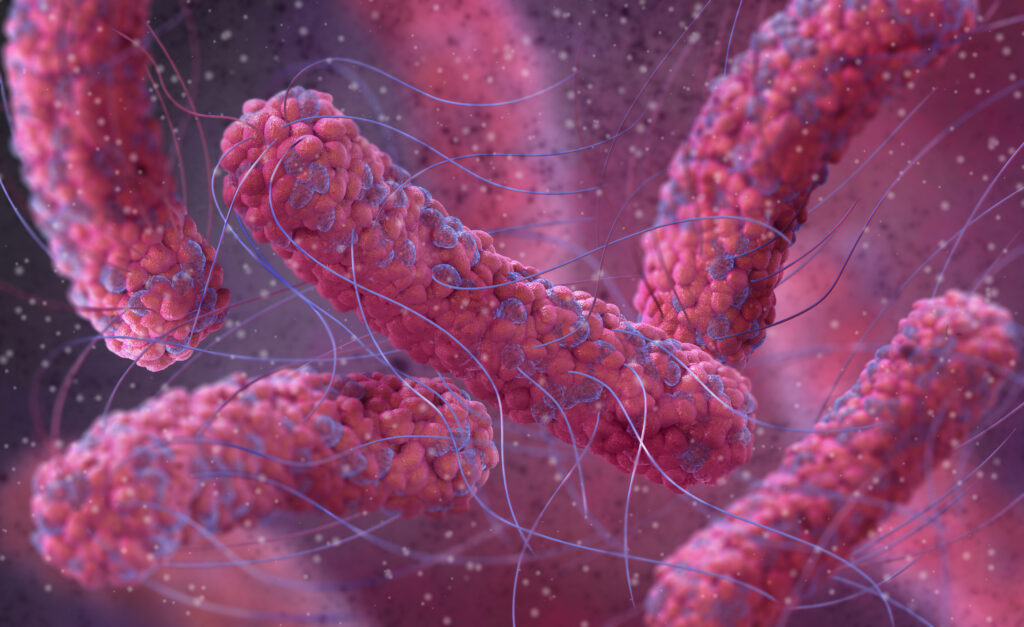
Response to Ian Musgrave’s “Open Letter to Dr. Michael Behe,” Part 5
This is the fifth of five posts in which I reply to Dr. Ian Musgrave’s “Open Letter to Dr. Michael Behe” on the Panda’s Thumb blog. Finally, Dr. Musgrave objects to my placing viral protein – cellular protein interactions in a separate category from cellular protein-cellular protein interactions. In Chapter 8 of The Edge of Evolution I had written: Another, more important point to note is that I’m considering just cellular proteins binding to other cellular proteins, not to foreign proteins. Foreign proteins injected into a cell by an invading virus or bacterium make up a different category. The foreign proteins of pathogens almost always are intended to cripple a cell in any way possible. Since there are so many more ways Read More ›
